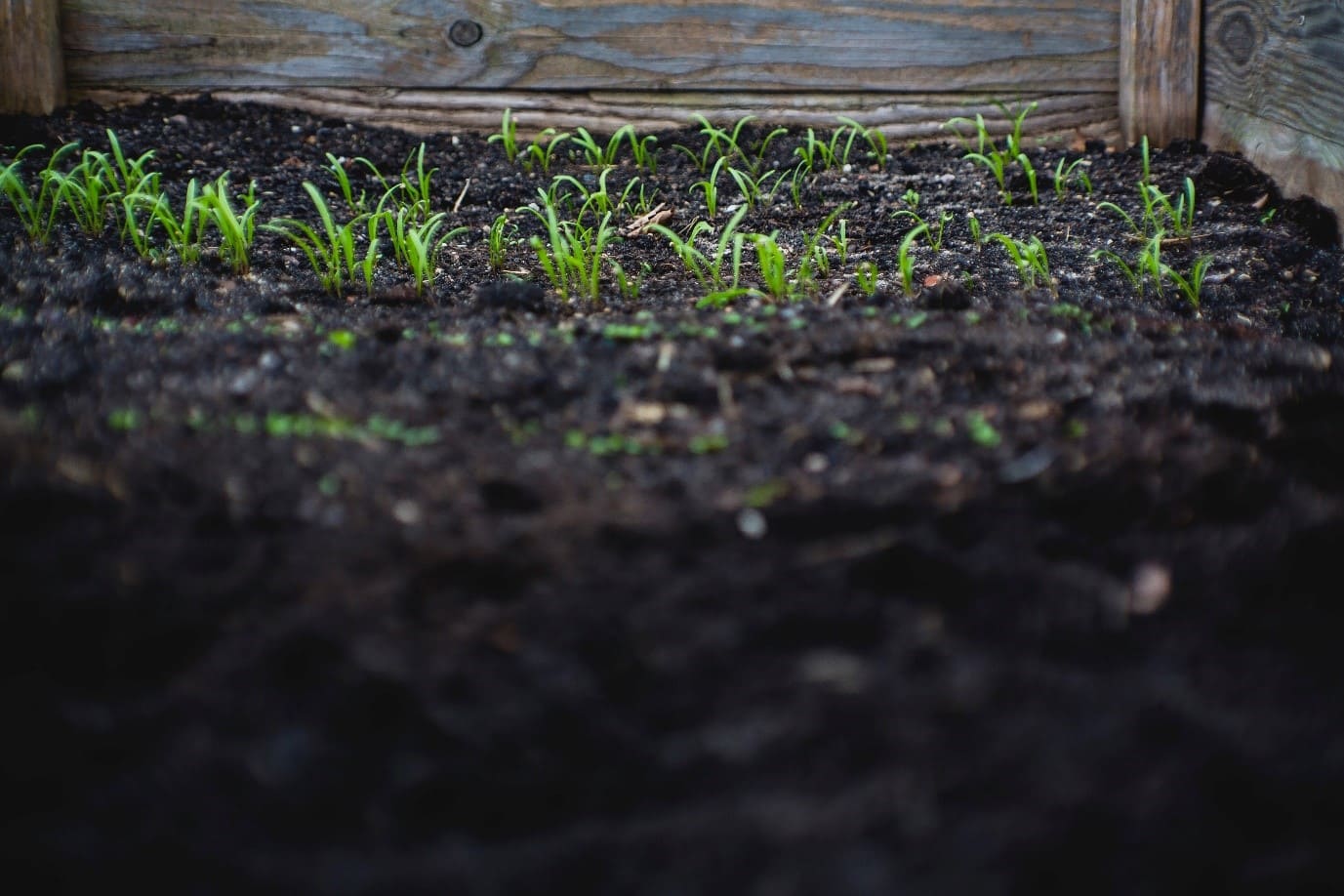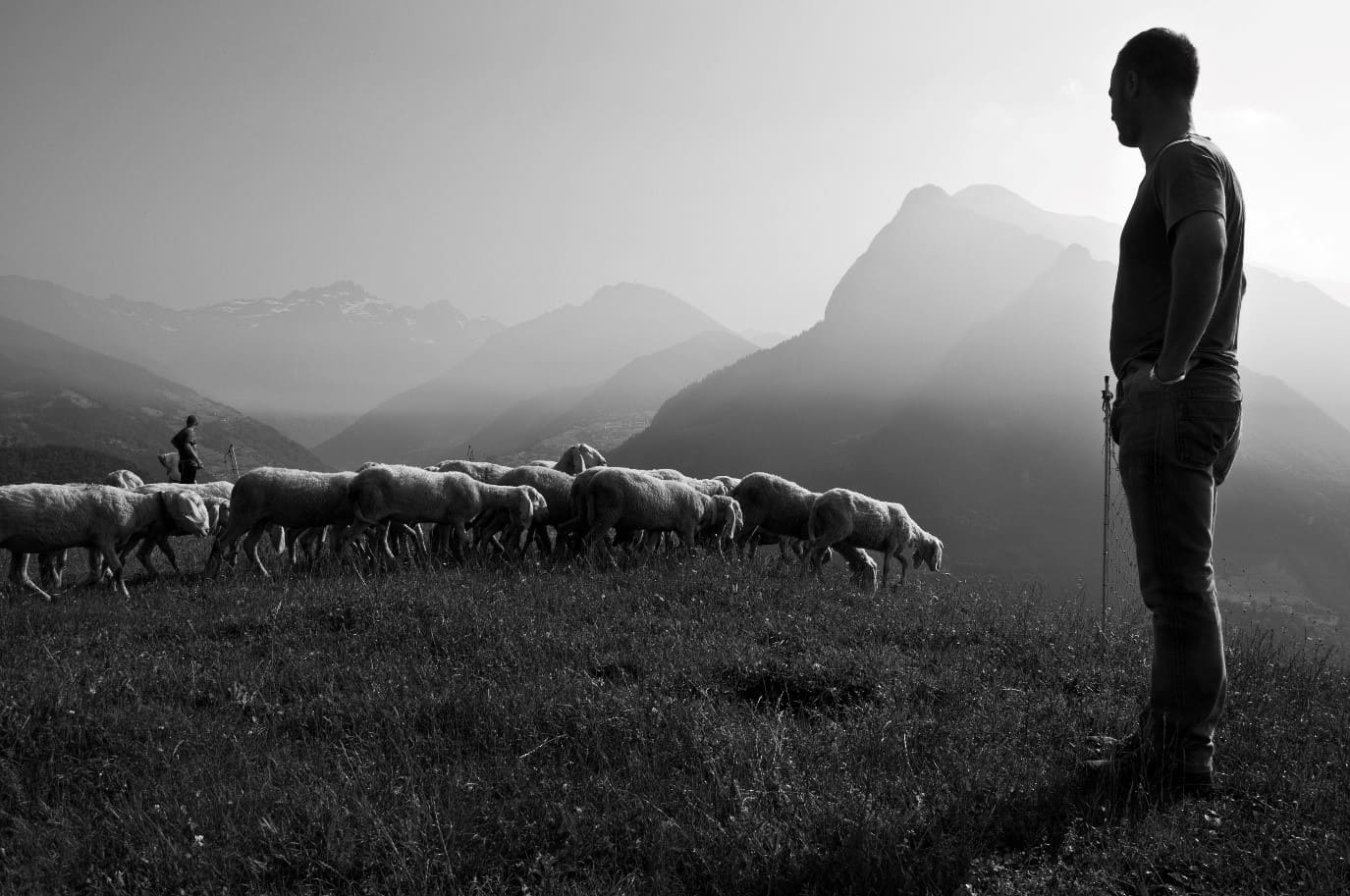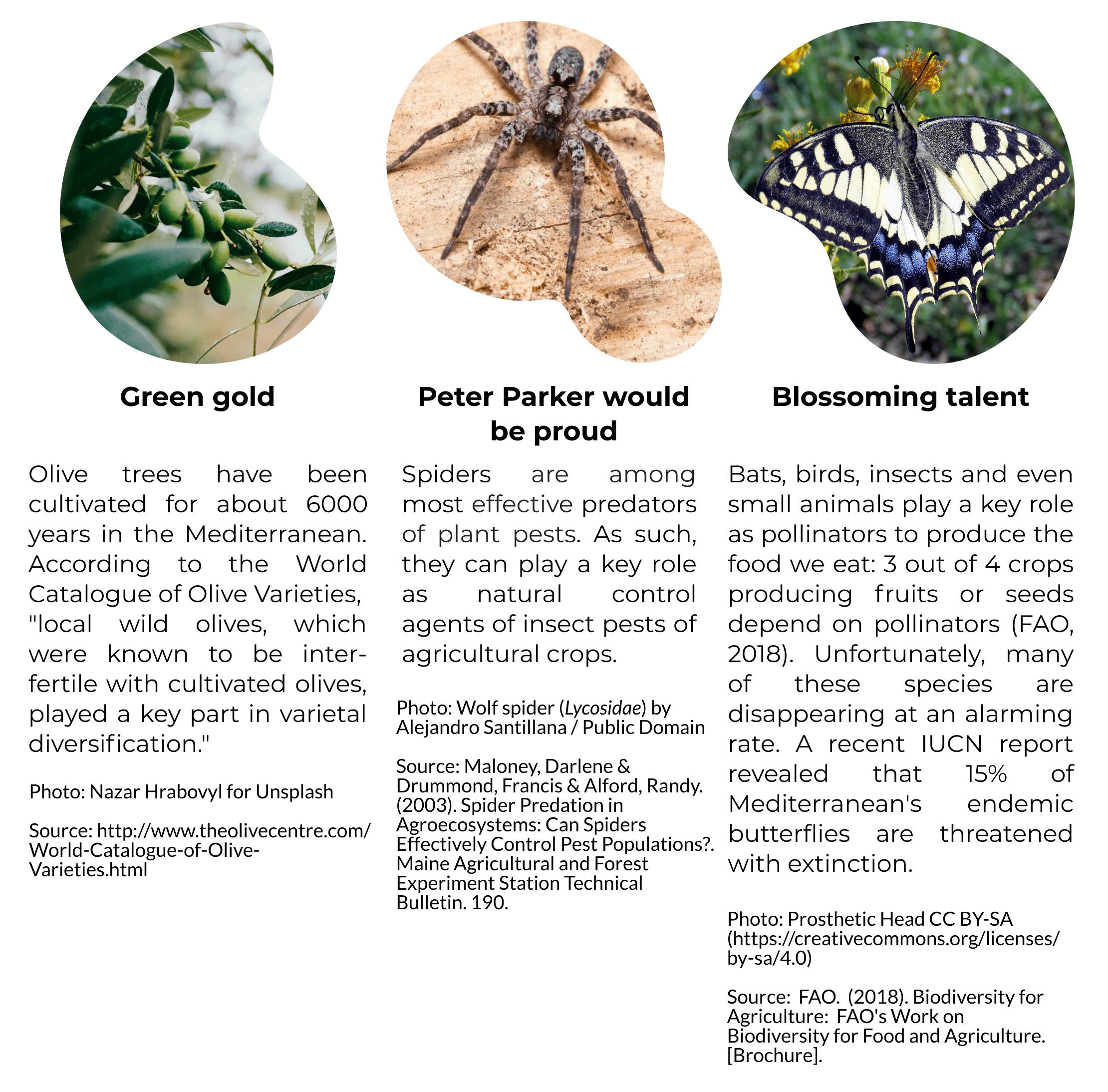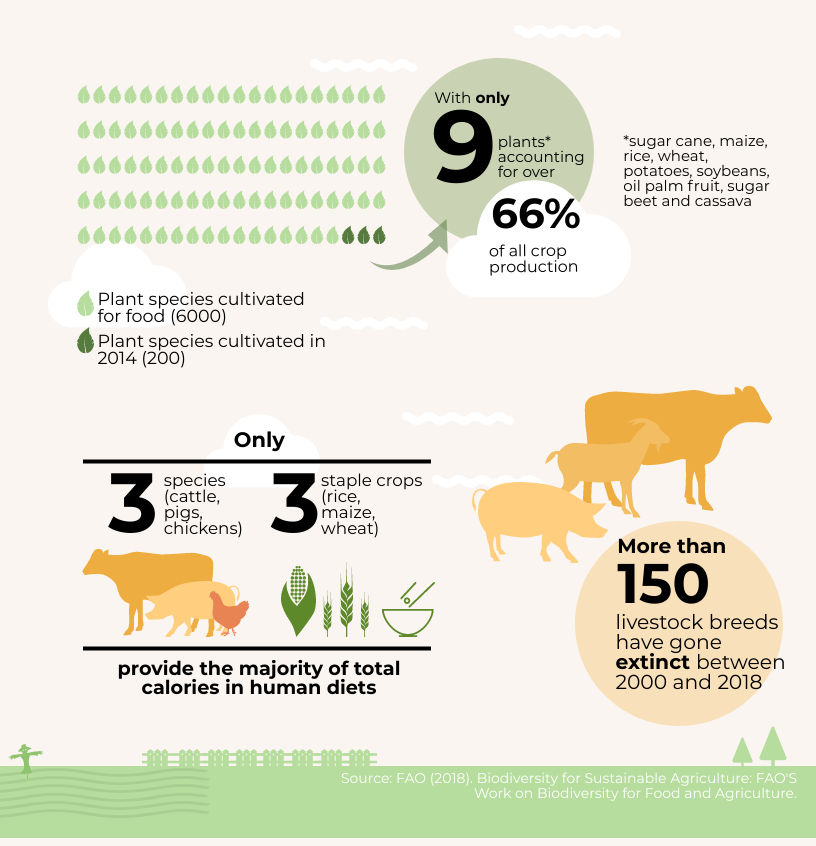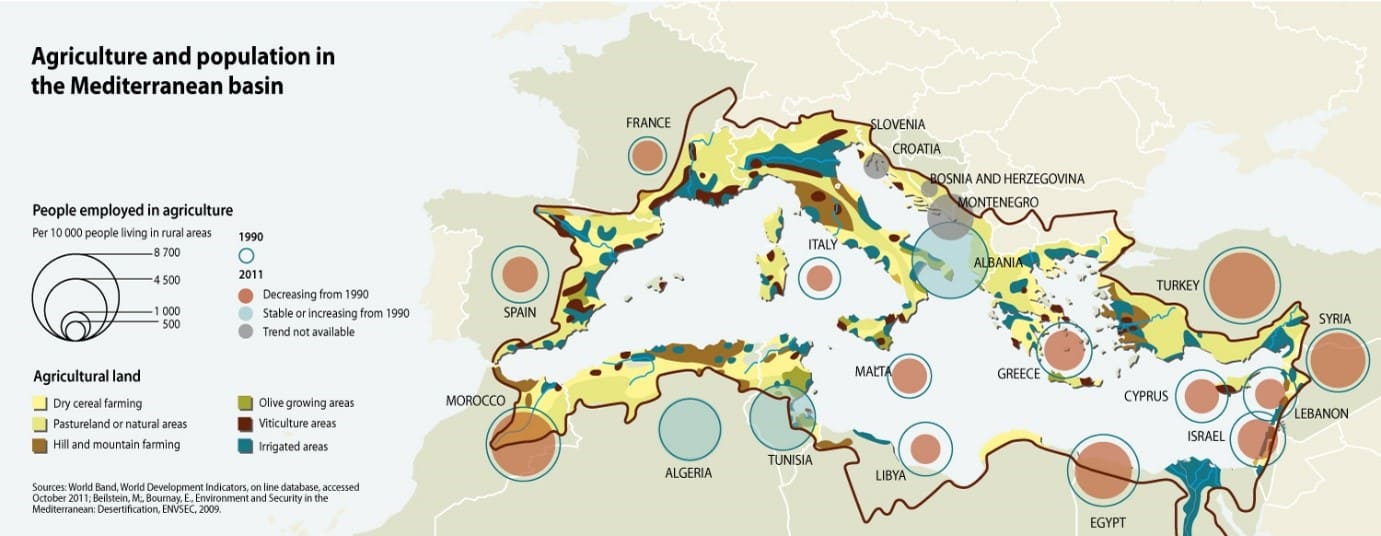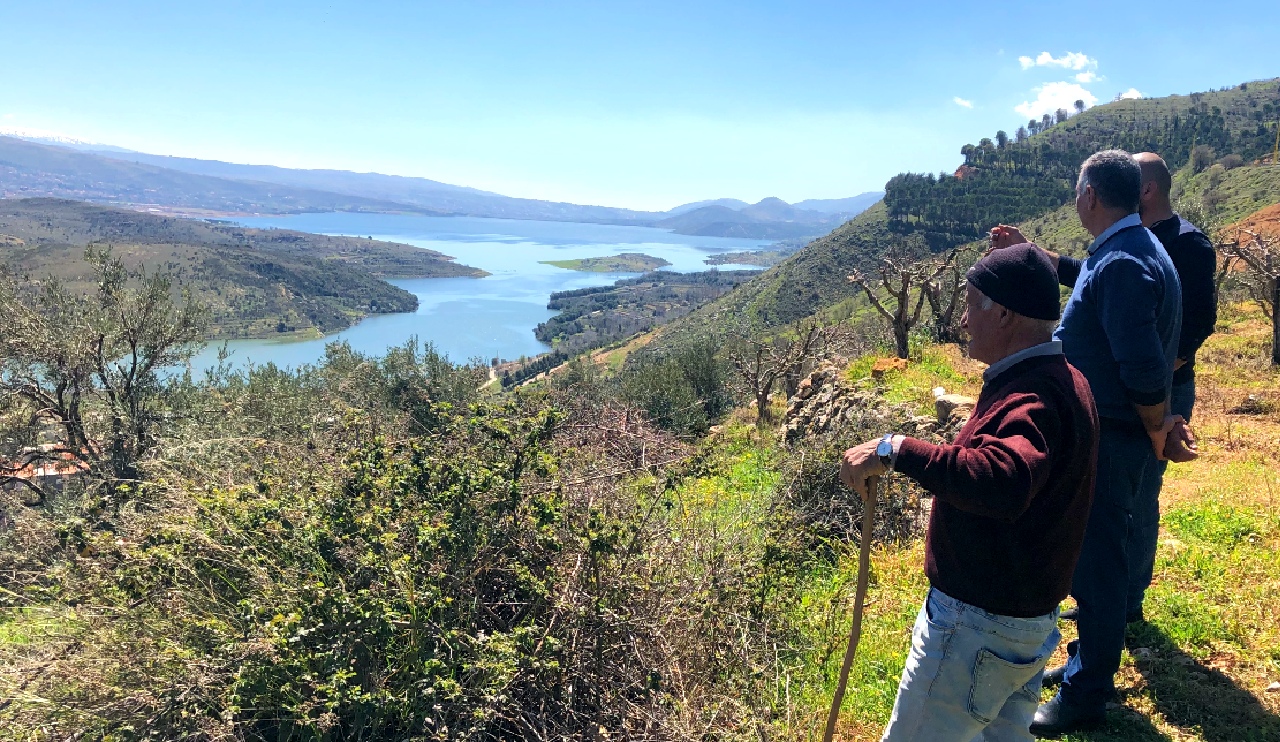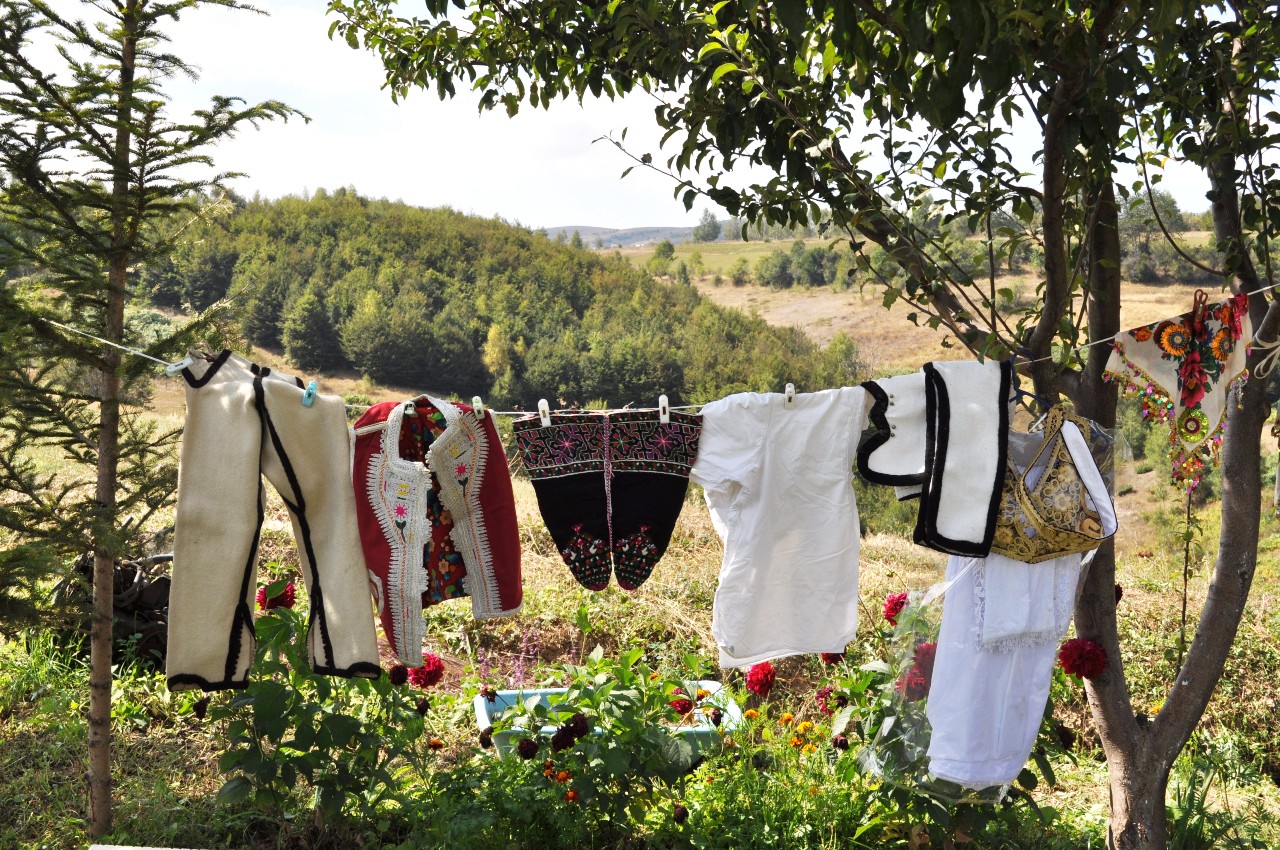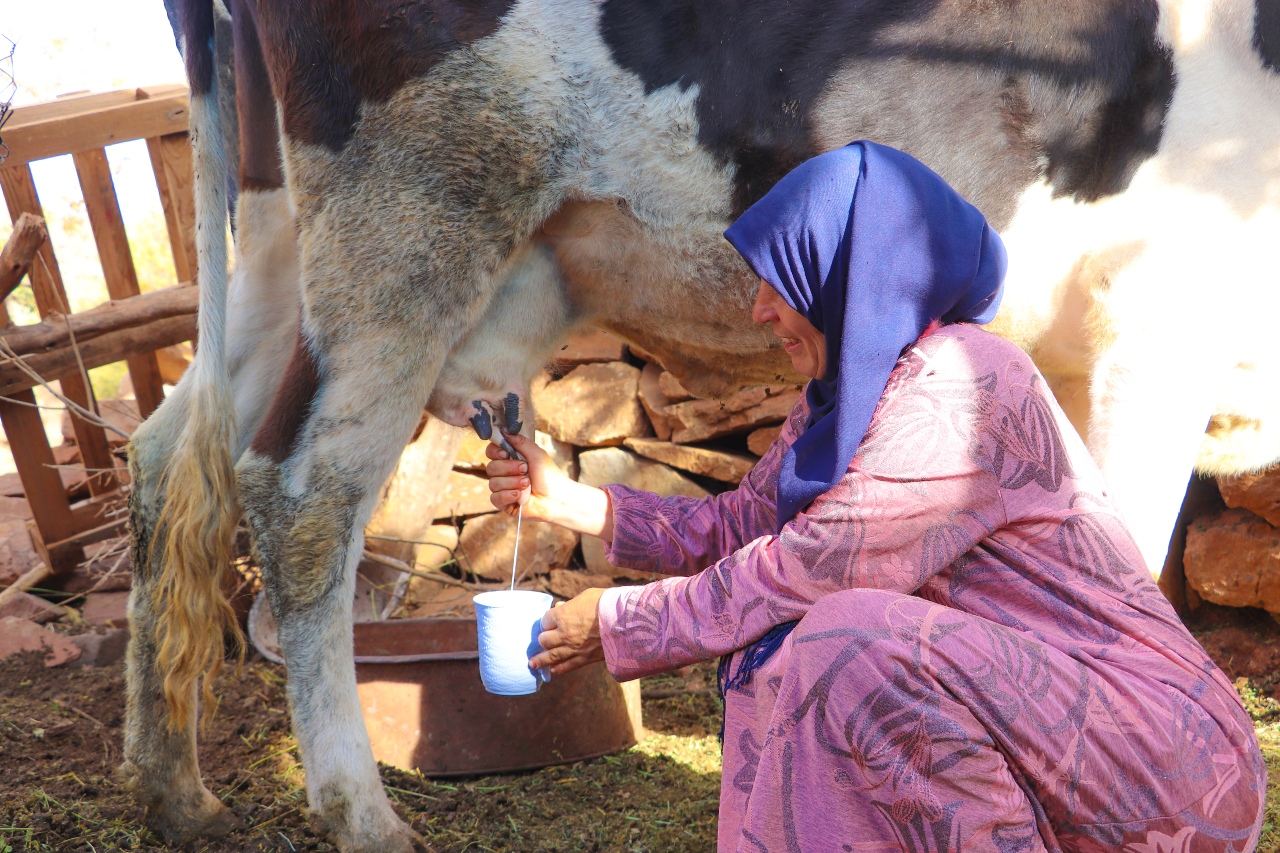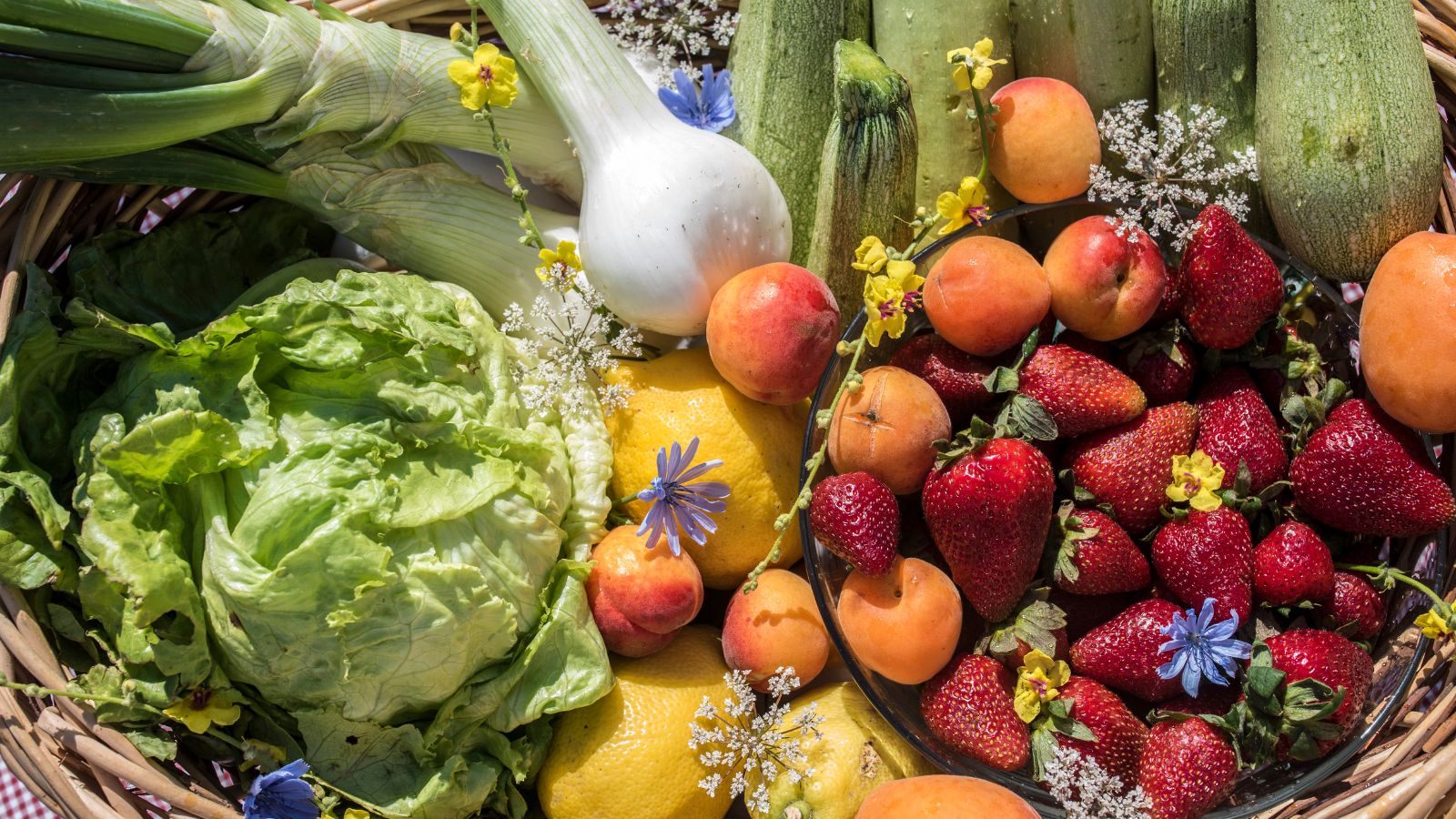A pledge for a more holistic approach
The benefits and values that healthy ecosystems and biodiversity provide are countless. This bond is particularly present in cultural landscapes, but not always apparent. Agricultural productivity is typically measured by yield per hectare, a simplistic metric that does not account for the costs to our health, livelihoods, soils, water and climateviii. According to the UN Convention on Biological Diversity, “the precise link between diversity and the capacity of an ecosystem to provide services is a complex one, and an area in which science is still developing.” Some initiatives, like The Economics of Ecosystems and Biodiversity for Agriculture and Food (TEEBAgriFood), are focusing on making these benefits more visible and demonstrating their value in economic terms. Inextricably linked to the economic values of these landscapes are also their social, spiritual and cultural values, that are way harder to measure.
With 10 billion people to feed by 2050 and 40 percent of available land already growing foodix, new frameworks and models are very much needed to rethink the way food arrives on our plates.Traditional cultural landscapes may contribute to shine a light on the positive linkages of food systems to the environment and society.
When managed sustainably and knowledgeably, cultural landscapes provides the necessary resources for local communities to thrive while having a minimal negative impact on the environmentix. Many traditional cultural landscapes have proved to be sustainable benefiting biodiversity and human well-being at a large and the Mediterranean basin offers many examples of it. Unfortunately, this invaluable heritage is being lost for different social and economic reasons, often influenced by lower productivity and profitability. To stop the loss of these landscapes, it is decisive to recognize the benefits they provide, and develop mechanisms to enhance them.
The following map shows a compilation of different scientific papers documenting cultural landscapes in the Mediterranean region that benefit either or both biological and cultural diversity for human well-being. There is more specific information on 70 Mediterranean cultural landscapes, including 8 cultural landscapes that form part of the Alliance for Mediterranean Culture & Nature (AMNC). The Alliance for Mediterranean Nature and Culture (AMNC) is a partnership between several NGOs that joined forces in 2021, and works on strengthening awareness and understanding of cultural landscapes.

